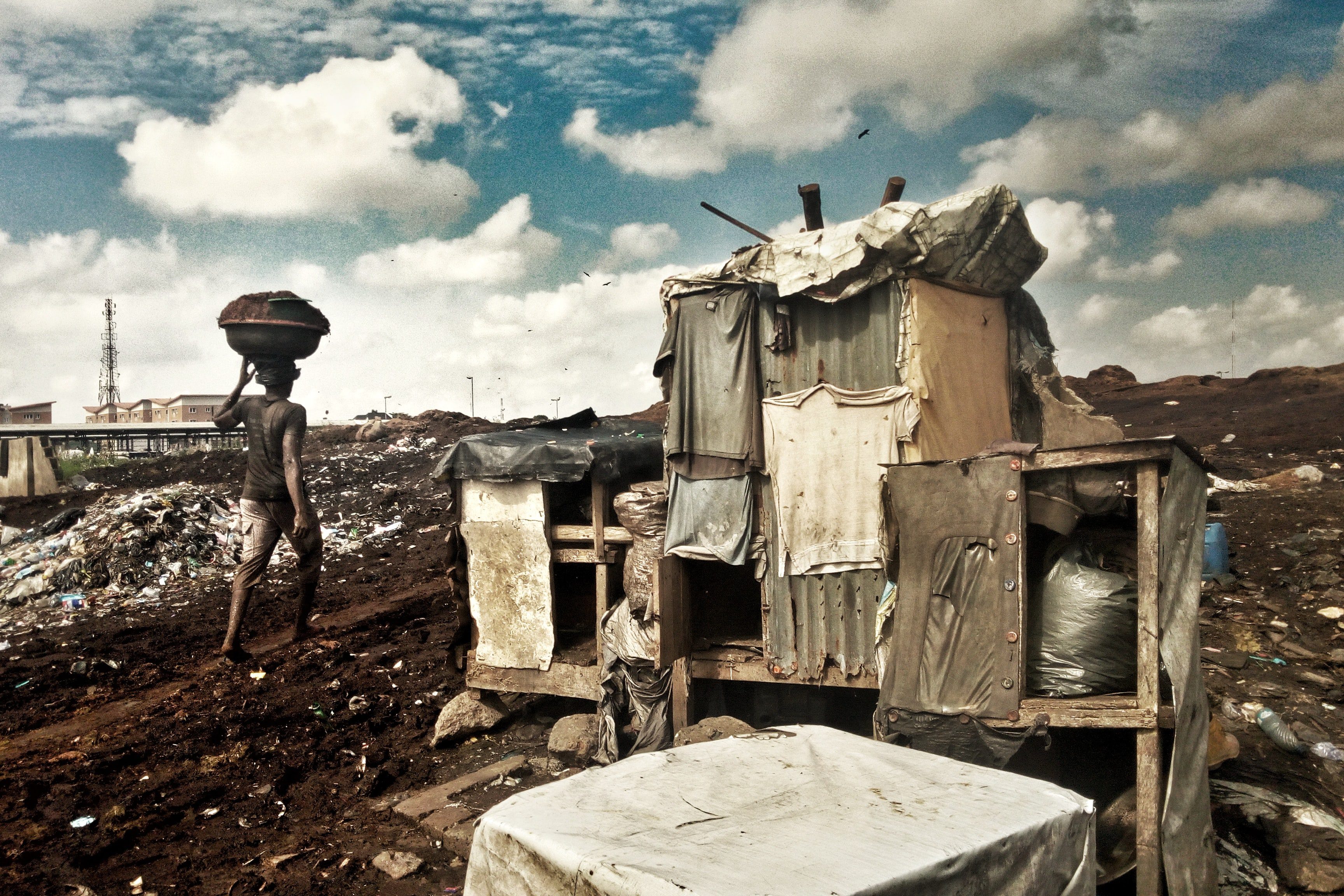Last week was the 51st anniversary of Nigeria and China establishing diplomatic relations. However, the event was dampened following recent statements by Nigeria’s transport minister, Rotimi Amaechi, who implied there was a significant shift in a crucial aspect of the relationship – infrastructure finance.
Indeed, after two national rail lines, costing $3.2bn and $11.2bn and had expected to be Chinese-financed, failed to materialise, Amaechi declared: “We are stuck with lots of our projects because we cannot get money. The Chinese are no longer funding. So, we are now pursuing money in Europe.”
These comments led to a flurry of reports stating that China had cut back on lending over concerns with the continent’s rising debt.
Of course, this is not the first time ‘debt crisis’ hysteria has bubbled up. Throughout the pandemic, there have been persistent claims of a ‘Nigerian debt crisis’ or that Nigeria is heading for a ‘fiscal cliff’.
What truth is there behind these Narratives?
Is Nigeria indicative of a ‘weakening’ China-Africa relationship? Is China really cutting back finance due to debt concerns? Well, these headlines are not impartial – and they miss some essential nuances.
First, before we dive into narratives around lending and debt, we must begin the conversation by looking at Nigeria’s infrastructure gap. Too often media adopts a narrow focus on debt, and consequently, ignores precisely what this debt is trying to achieve.
The fact is, despite having the biggest economy in Africa, Nigeria has persistent infrastructure gaps that must be addressed. According to the Global Infrastructure Hub, Nigeria has an investment gap of $221bn – equivalent to 51.2% of its GDP.
This gap is five times larger than Ghana’s, West Africa’s second-largest economy and can be broken down into sectors with infrastructure gaps for roads ($84bn), energy ($61bn), telecoms ($47bn) and railways ($21bn). Such challenges are reflected in the fact that 45% of Nigeria’s population still lack access to electricity, and as we note in our Africa Debt Guide, Nigeria would need to improve road infrastructure by 79% to reach Chinese levels!
This brings me to my second point – the increase of debt to finance these gaps is not necessarily ‘bad’, and Nigeria’s debt-to-GNI levels most certainly do not warrant hysteria over an impending ‘debt crisis’.
[perfectpullquote align=”right” bordertop=”false” cite=”” link=”” color=”” class=”” size=””]As recent research by the Center for Global Development has shown, development partners often fail to align with African needs. For example, there are several Program for Infrastructure Development in Africa (PIDA) projects – part of the AU’s continental framework – that lack funding.[/perfectpullquote]
Whilst Nigeria’s debt levels have risen over recent years – reaching $54.8bn in 2019 – we must contextualise these figures to account for Nigeria’s strong economic performance. This is reflected when we examine debt-to-GNI – which, in 2020 stood, at just 16.9% – far from Nigeria’s peak debt-to-GNI levels in 1993 of 120.8% caused by rising interest rates following the 1980s oil shocks. The importance of debt contextualisation was reiterated just three months ago by finance minister, Zainab Ahmed.
China’s Role
To tackle infrastructure gaps, the Nigerian government has proactively secured financing from a wide range of external creditors. However, we must not overinflate China’s role.
It is often assumed that China is Nigeria’s largest lender – and therefore the primary perpetrator of said ‘debt crisis’. This is simply not true.
In 2021, we found that 50% of Nigeria’s creditors were from multilateral sources, followed by commercial bondholders at 37%, with only 13% coming from bilateral sources. And whilst China is Nigeria’s biggest bilateral donor – making up 11% of this 13% – this equally reflects what others are not doing.
As recent research by the Center for Global Development has shown, development partners often fail to align with African needs. For example, there are several Program for Infrastructure Development in Africa (PIDA) projects – part of the AU’s continental framework – that lack funding.
For example, the 330 kV Nigeria-Niger-Benin/Togo-Burkina Interconnection project is part of the ECOWAS Master Plan for the Generation and Transmission of Electrical Energy and can facilitate electricity amongst four countries – Nigeria included – and could reduce electricity costs and increase access. However, the project, with a cost of $698m, has been in the feasibility stage since 2017. These are the regional projects that development partners could – and should – be supporting.
Building on this, many reports have argued that Amaechi’s comments signal an ongoing trend of Chinese stakeholders curtailing finance to African countries following the ‘realisation’ of risky lending and an overall weakening China-Africa relationship.
However, as my colleagues have stressed elsewhere, the Dakar Action Plan contains an explicit commitment to concessional lending with a commitment to establish 10 connectivity projects, which could easily surmount the ‘missing’ $15bn – whilst the Plan also has reference to align with the AU’s PIDA.
Bottom Line
So, whilst Chinese lending will likely become more regionally focused, it is highly unlikely we’ll see China drop off the financing map completely.
All in all, infrastructure gaps need to be filled. We need to move the focus away from an ever-looming ‘debt crisis’ to analysing how stakeholders can support African needs.
The more players who are committed to filling this gap – at accessible, concessional and fair terms which align and work with African asks – the better.
Jade Scarfe is Development Reimagined’s project manager for the Africa Unconstrained flagship project, which focuses on financing needs and debt vulnerabilities of African countries. Her research areas include South-South cooperation, development effectiveness, and private sector investment.
First appeared in The Africa Report.
Photo by Rémy Ajenifuja on Unsplash.

